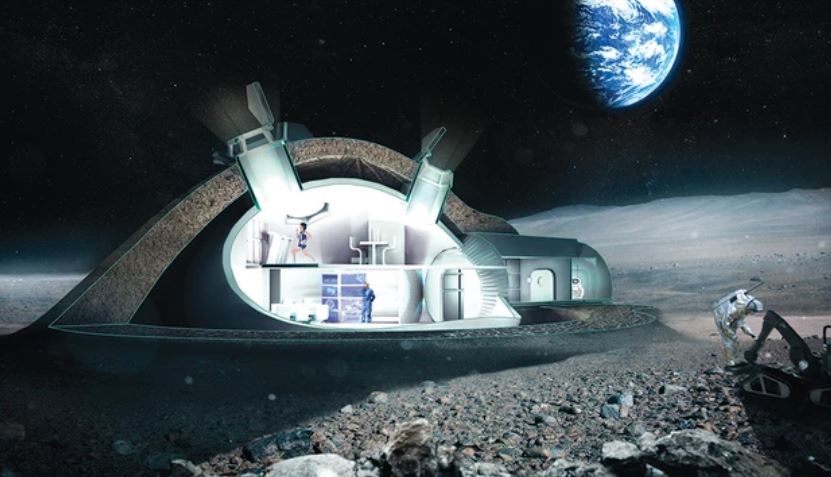
BBC’s Science Focus magazine provides an interesting spin on the primary challenges behind establishing a Moon base.
Where to locate. Given the high cost of getting material to the Moon — $10,000 per kilogram just to escape the Earth’s gravity well — the idea is to use materials on hand to the greatest extent possible. That explains the keen interest in settling in the poles where abundant water ice is sequestered in craters that never see the light of day. Another advantage of a polar location is the ability to install solar panels in mountain peaks that are exposed to the sun around the clock.
Building the base. Planners expect to make extensive use of 3D printing. Experiments on Earth with imitation regolith have shown that it is possible to build large structures with the technology. However, it remains to be seen how well the process will work in the Moon’s light gravitational field.
Living on the Moon. It’s an open question of how well humans will adapt to living in gravity one-sixth that of Earth. Zero gravity is devastating to the human body; muscles waste away and the skeleton demineralizes. Is one-sixth G enough for humans to prosper? No one knows. Another concern is exposure to radiation. That challenge is readily solved. Habitations will need two meters or more of lunar material to act as radiation shielding.
The Antarctica analogy. The early teams on the Moon will have a scientific orientation. They will live long periods in close quarters in an extremely challenging environment, not the least of which is social isolation. The Antarctica experience has shown that small things can make a big difference.
“With Antarctica, even really simple things like growing tomatoes have been shown to be enormously beneficial for keeping people sane,” says University of Westminster astrobiologist Lewis Dartnell.
